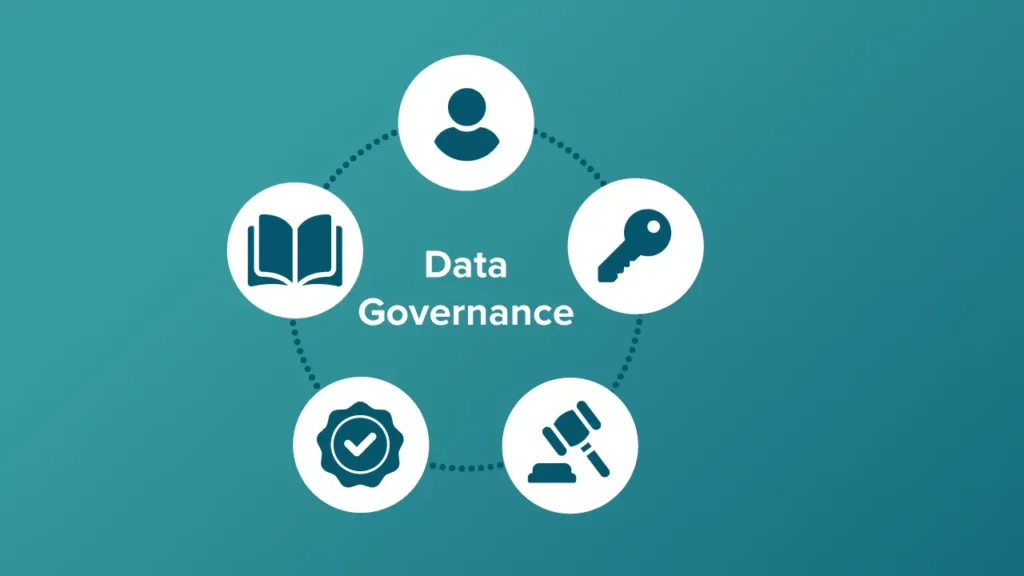In the era of digital transformation, businesses are increasingly adopting multi-cloud strategies to optimize their operations. This comprehensive guide delves into the intricacies of diversifying in the cloud age: a deep dive into multi-cloud architecture. From understanding the fundamentals to navigating implementation challenges, this article offers valuable insights for organizations seeking to harness the power of multiple cloud platforms.
The Evolution of Cloud Computing
Cloud Computing: A Paradigm Shift in IT Infrastructure
The advent of cloud computing revolutionized the way businesses manage their IT infrastructure. Traditional on-premises systems gave way to cloud-based solutions, offering unparalleled scalability, flexibility, and cost-effectiveness.
Rise of Multi-Cloud Architecture
Multi-cloud architecture emerged as a strategic approach to cloud adoption, allowing organizations to distribute workloads across multiple cloud providers. By leveraging a combination of public, private, and hybrid clouds, businesses mitigate risks associated with vendor lock-in and optimize performance.
Benefits of Multi-Cloud Deployment
Diversifying in the cloud age: a deep dive into multi-cloud architecture offers several advantages for organizations:
- Scalability: Multi-cloud environments enable seamless scalability, allowing businesses to adjust resources in real time based on demand fluctuations.
- Flexibility: With multiple cloud providers at their disposal, organizations have the flexibility to choose services and pricing models that best suit their requirements.
- Redundancy: Distributed infrastructure across multiple clouds enhances redundancy and fault tolerance, minimizing the risk of downtime.
- Resilience: Multi-cloud architectures enhance resilience against cyber threats and infrastructure failures by distributing workloads geographically.
Key Considerations for Multi-Cloud Adoption
Interoperability Challenges
Interoperability remains a critical challenge in multi-cloud environments, as organizations grapple with ensuring seamless connectivity and data portability across disparate platforms. Addressing these challenges requires robust integration strategies and standardized APIs.
Governance and Compliance
Navigating governance and compliance requirements is essential when diversifying in the cloud age: a deep dive into multi-cloud architecture. Organizations must adhere to data sovereignty regulations, industry standards, and security protocols to safeguard sensitive information and maintain regulatory compliance.
Cost Management Strategies
Effectively managing costs is paramount in multi-cloud environments, where resource usage and pricing models vary across providers. Implementing cost optimization strategies, such as resource allocation optimization and usage monitoring, is essential to maximize ROI and minimize expenditure.
Security and Risk Mitigation
Enhancing security posture is a top priority for organizations embracing multi-cloud architectures. Implementing robust security measures, including threat detection, data encryption, and IAM protocols, mitigates risks associated with cyber threats and unauthorized access.
Best Practices for Multi-Cloud Management
Centralized Orchestration and Automation
Centralized orchestration and automation streamline multi-cloud management, enabling organizations to deploy, monitor, and optimize resources efficiently. Leveraging orchestration tools and adopting DevOps practices facilitate seamless integration and deployment pipelines across diverse cloud environments.
Performance Monitoring and Optimization
Continuous performance monitoring is essential for optimizing multi-cloud environments and ensuring optimal resource utilization. Real-time monitoring tools provide insights into performance metrics, enabling organizations to identify bottlenecks and optimize workloads for enhanced efficiency.
Disaster Recovery and Business Continuity
Establishing robust disaster recovery and business continuity plans is critical for mitigating risks in multi-cloud environments. Implementing backup solutions, failover mechanisms, and disaster recovery planning ensures data integrity and minimizes downtime in the event of disruptions.
Vendor Management and SLA Compliance
Effective vendor management is key to ensuring SLA compliance and maintaining strong partnerships with cloud providers. Regular performance evaluations, adherence to SLAs, and transparent communication facilitate trust and accountability in multi-cloud relationships.
Diversifying in the Cloud Age: A Deep Dive into Multi-Cloud Architecture
Harnessing Innovation and Agility
Embracing multi-cloud architecture enables organizations to foster innovation and agility in the digital landscape. By leveraging diverse cloud services and technologies, businesses can accelerate their digital transformation journey and gain a competitive edge in the market.
FAQs
Q. How does multi-cloud architecture differ from a hybrid cloud?
Ans. Multi-cloud architecture involves leveraging multiple cloud providers for different workloads, whereas hybrid cloud integrates public and private clouds for specific use cases.
Q. What are the primary challenges of multi-cloud adoption?
Ans. Interoperability, governance, cost management, and security are key challenges organizations face when adopting multi-cloud architectures.
Q. How can organizations ensure data security in multi-cloud environments?
Ans. Implementing robust security measures such as threat detection, encryption, and IAM protocols is essential to safeguard data in multi-cloud environments.
Q. What role does automation play in multi-cloud management?
Ans. Automation streamlines deployment, monitoring, and optimization processes, enhancing efficiency and agility in multi-cloud environments.
Q. How do organizations achieve cost optimization in multi-cloud deployments?
Ans. By implementing resource allocation optimization, usage monitoring, and cost management strategies, organizations can maximize ROI and minimize expenditure in multi-cloud environments.
Q. What are the benefits of centralized orchestration in multi-cloud management?
Ans. Centralized orchestration facilitates seamless integration and deployment pipelines across diverse cloud environments, enhancing operational efficiency and scalability.
Conclusion
Diversifying in the cloud age: a deep dive into multi-cloud architecture offers unparalleled opportunities for organizations to optimize their IT infrastructure and drive innovation. By embracing multi-cloud strategies and adhering to best practices, businesses can unlock the full potential of cloud computing and stay ahead in today’s dynamic digital landscape.



